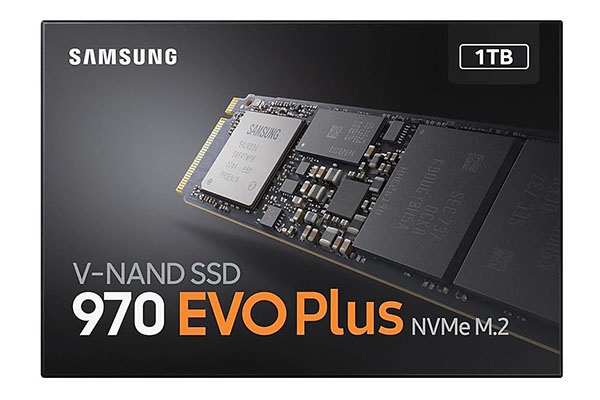The Best Internal SSDs Available In The Iranian Market
One of the best ways to speed up your computer is to get an SSD. CPU processing speed is usually good, but the CPU takes a long time to retrieve data from the hard disk drive.
In fact, the CPU can process billions of revolutions of the hard drive, but it is not possible to achieve such a speed due to the mechanical system of the hard drive. To compensate for this lack of speed, we need an SSD.
SSDs are faster than any type of hard drive, but there are far more important factors than storage capacity in determining their price, to the extent that a 500GB SSD may cost more than its 2TB counterpart. If you are a professional in the field of hardware, you must know the important factors in choosing this part; Otherwise, before introducing the best SSDs available in the Iranian market, it is better to read the continuation of this introduction.
SATA or PCIe?
There are complex discussions about the connection interface and it is not possible to fully explain them in this article. In short, 2.5-inch SSDs work with the Serial ATA (SATA) interface, which was designed for hard drives and has been around since 2000. While add-in-card drives connect to the PCI Express interface, such as graphics cards.
They can work via SATA or PCI Express.The fastest M.2 drives also support NVMe, a protocol designed for fast, modern storage.The interesting thing is that an M.2 drive can be SATA-based, PCIe without NVMe support or PCIe with NVMe support Most M.2 high-end SSDs introduced in recent years support NVMe.
If your day-to-day work consists of web browsing, office scheduling, or even regular gaming, most NVMe SSDs do not offer significantly faster speeds than the cheaper SATA models. If you have heavier tasks such as transferring large files, advanced photo and video editing, encoding, or bulk compression / extraction, it is best to use an NVMe SSD. These SSDs offer up to five times faster speeds than SATA models.
What capacity do you need?
Do not select 128 GB of memory at all. In addition to limited space, these low-capacity drives are also slower due to the number of low-speed memory modules. SSDs with a capacity of 250 GB are cheaper than larger types and are relatively suitable if you do not want to store a lot of files on your computer;
However, with a slight increase in budget, it is better to choose a capacity of 500 GB, which offers the best balance between price and capacity. Higher capacities, especially those above 2 GB, are currently very expensive, but if you do not have a problem with their price, you can get them.
In summary, consider four basic principles for choosing an SSD:
- Know your system; Find out if you have an M.2 slot on your motherboard. If not here’s a new product just for you! If your computer is very new, it may support all types of drives. Modern ultra-slim laptops and convertibles only support M.2 drives and cannot use 2.5-inch drives. There are also types that can not be changed and upgraded.
- Capacity between 500 GB to 1 TB: Do not even think about buying a drive with a capacity of less than 250 GB. 500 GB capacity has the best capacity and price ratio. Higher capacities are also expensive.
- SATA is cheaper but slower: If your computer supports NVMe / PCIe drives, buy one with one of these technologies. However, SATA drives are more common, usually less expensive, and still offer excellent performance for common applications.
- Any type of SSD is better than a hard drive; Even the worst SSD is at least three times faster than a hard drive in most usage scenarios.
What kind of storage memory ( NAND flash ) do you need?
All types of SSDs are suitable for normal use on a computer or laptop, however, we will briefly explain their types and differences.
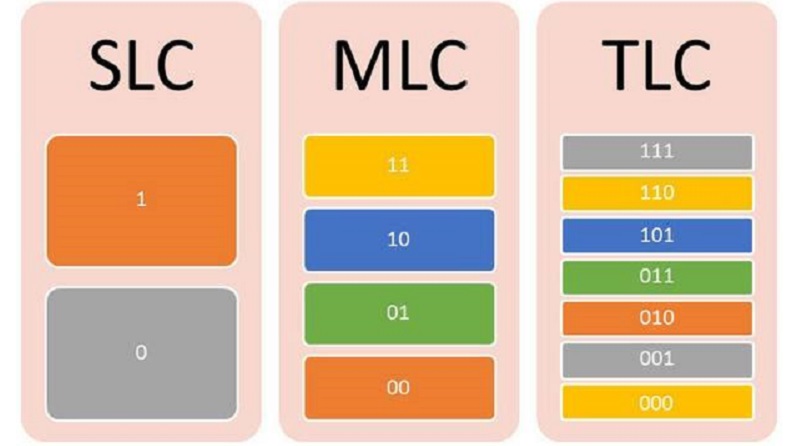
NAND Flash memory is made up of cells that hold bits. The number of bits in cells creates different types. For example, SLC or Single Level Cell has one bit per cell. For MLC the volume of each bit in the cell is doubled and for TLC it is tripled. SLC is faster and more durable, but is usually available in lower capacities and is used for heavy and important tasks.
TLC and MLC memories are much cheaper than SLC and are available in higher volumes. But they have a shorter lifespan and less speed. In general, MLC and TLC are more suitable for everyday use; Especially TLC, which has a lower price. There is no need to worry about their longevity despite the common rumors.
After this relatively long introduction, we will introduce the best SSDs available in the Iranian market; Note that the announced prices are approximate and based on today’s date (February 29).
Silicon Power Ace A55 capacity 256 GB
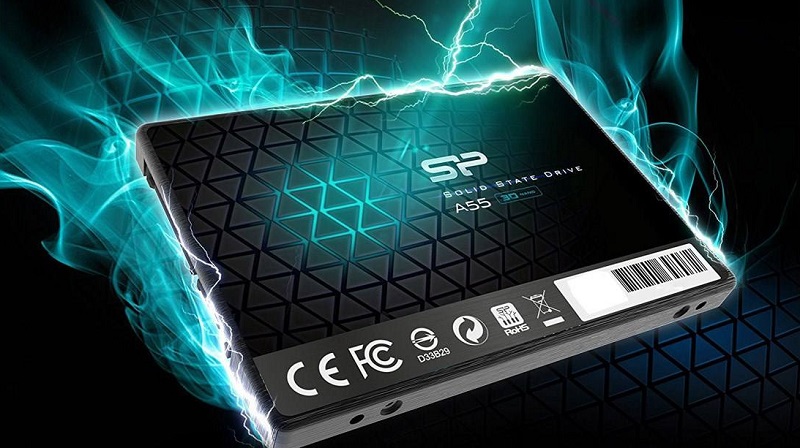
Silicon Power is one of the most popular manufacturers of storage equipment in recent years. The Ace A55 SSD drive connects via the 3.0 SATA interface and is therefore compatible with almost all common types of laptops and desktops. This product is resistant to shock, vibration and shock, which makes the information stable; It also uses the new generation of 3D NAND chipset.
Ace A55 with a capacity of 256 GB with a price of about 1.3 million Tomans, is one of the best SSDs available in the Iranian market. See the full specifications of this product here .
Specifications:
- Capacity: 256 GB
- Interface: SATAIII
- Flash type: TLC
- Consecutive reading speed: 550 MB / s
- Consecutive write speed: 450 MB / s
Samsung 860 Evo 500 GB capacity
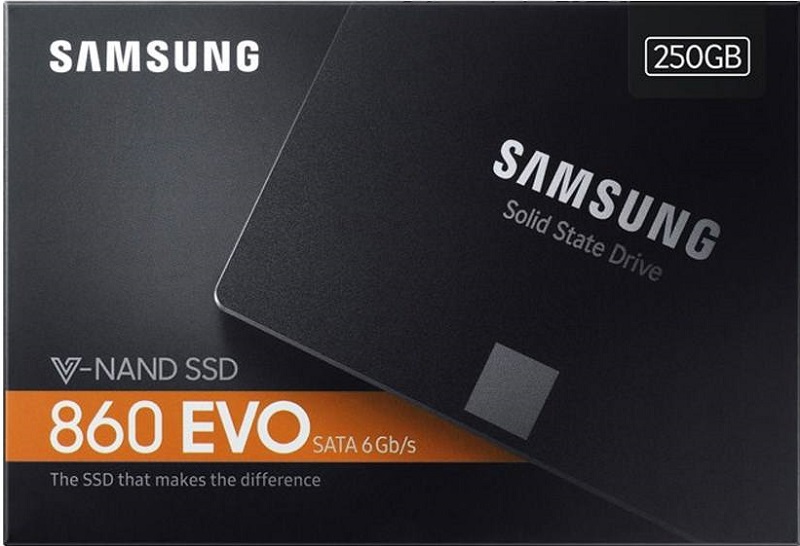
Samsung 860 Evo is produced using V-NAND memories and has high speed and durability. Due to the MLC of this SSD, we can expect a long life. A maximum sequential read speed of 550 MB / s and a sequential write speed of 520 MB / s is extremely good for an SSD. This product is one of the best SSDs available in the Iranian market in the price range of about 1.1 to 1.6 million tomans depending on capacity.
This SSD uses Samsung’s proprietary MJX controller, has a SATAIII interface, and is one of the best options to buy if your system does not support a faster NVMe / PCIe interface.
Specifications:
- Capacity: 500 GB
- Interface: SATAIII
- Flash type: MLC
- Consecutive reading speed: 550 MB / s
- Consecutive write speed: 520 MB / s
Samsung 970EVO PLUS 500 GB capacity

Samsung 970EVO PLUS is one of the good SSD models with PCIe interface. As mentioned in the introduction, using this type of interface is faster; Of course, there is no significant difference between the usual tasks. In addition, it has a very high quality and its construction uses the latest V-NAND technologies and SAMSUNG Phoenix controller. This SSD with capacities of 250 and 500 GB is available in the market with a price of 2 and 3 million Tomans, respectively. Before buying this model, check the system support for the interface.
Specifications:
- Capacity: 500 GB
- Interface: PCI-Express 3.0 x4
- Flash type: MLC
- Consecutive reading speed: 3500 MB / s
- Consecutive write speed: 3200 MB / s
Idita SU800 capacity 512 GB
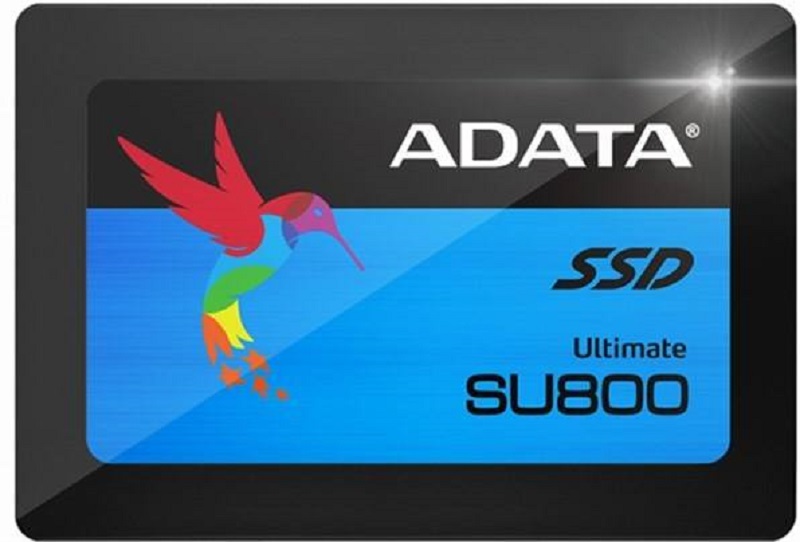
The SU800 SSD is a product from the well-known and reputable ADATA brand that connects to a computer via the SATA3.0 interface. The maximum shock resistance for this model is 1500G and its lifespan is estimated at 2 million hours. The SU800 SSD supports RAID. This feature is useful for users who archive information. Other advantages of this model include the use of 3D NAND chipset. SU800 is available in the market with an approximate price of 1.8 million Tomans.
Specifications:
- Capacity: 500 GB
- Interface: SATAIII
- Flash type: TLC
- Consecutive reading speed: 560 MB / s
- Consecutive write speed: 520 MB / s
Western Digital Blue WDS100T2B0A Capacity 1TB
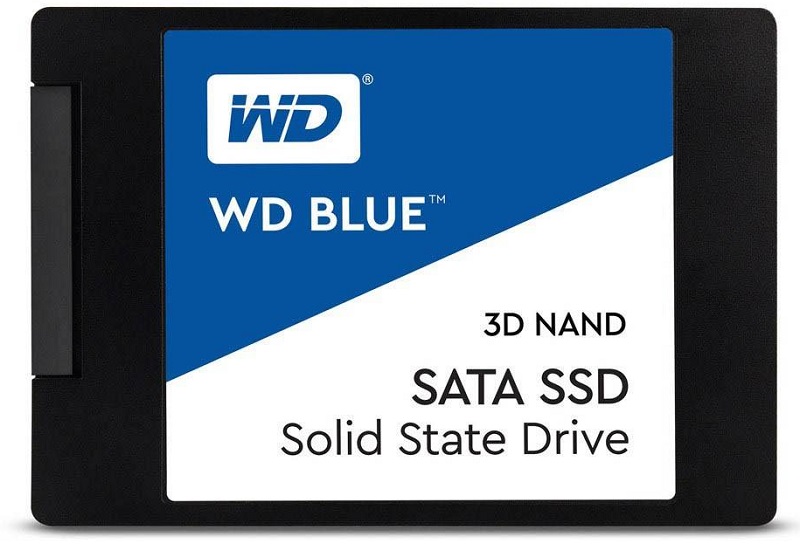
The Western Digital Blue WDS100T2B0A is part of Western’s Blue Series storage devices, which are a good choice for casual use. This SSD also connects to a computer via the SATA3.0 interface and is a 2.5-inch type. So it can be easily replaced with a computer hard drive. It also uses 3D NAND chipset and is shock resistant up to 1500G. Western Digital Blue WDS100T2B0A with a capacity of 1 terabyte and an approximate price of 2.8 million tomans is one of the best SSDs and in fact the most economical of them.
Specifications:
- Capacity: 1 NB
- Interface: SATAIII
- Flash type: TLC
- Consecutive reading speed: 560 MB / s
- Consecutive write speed: 530 MB / s












